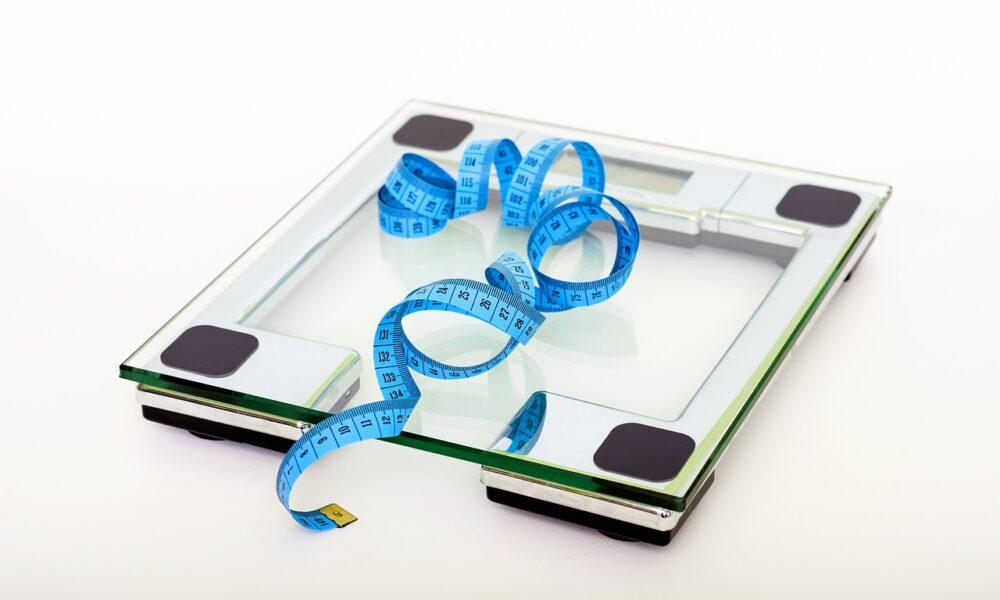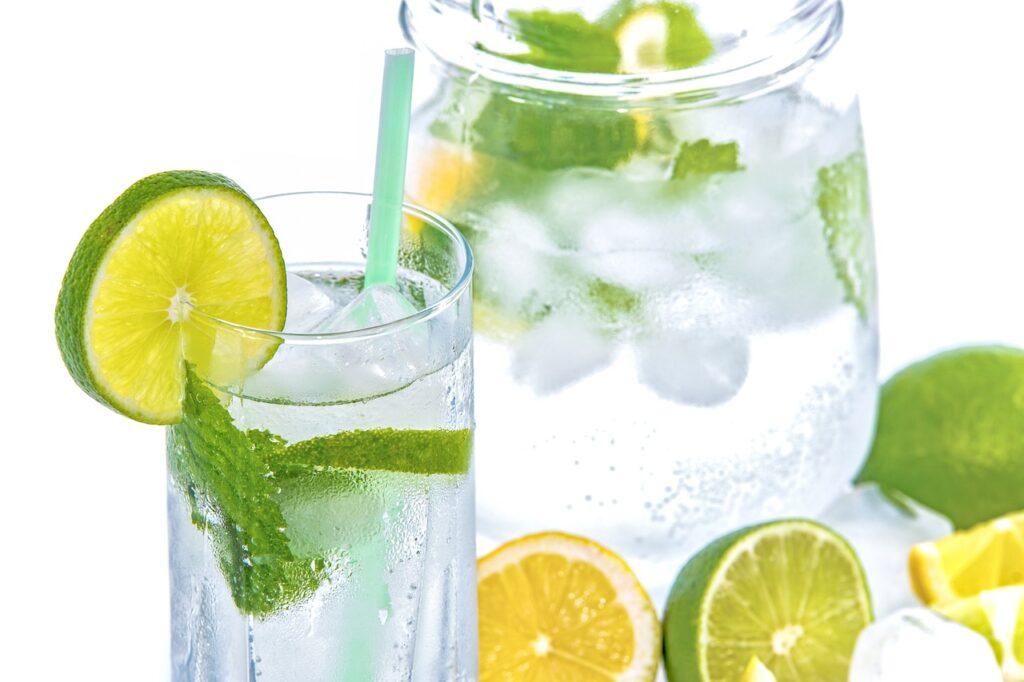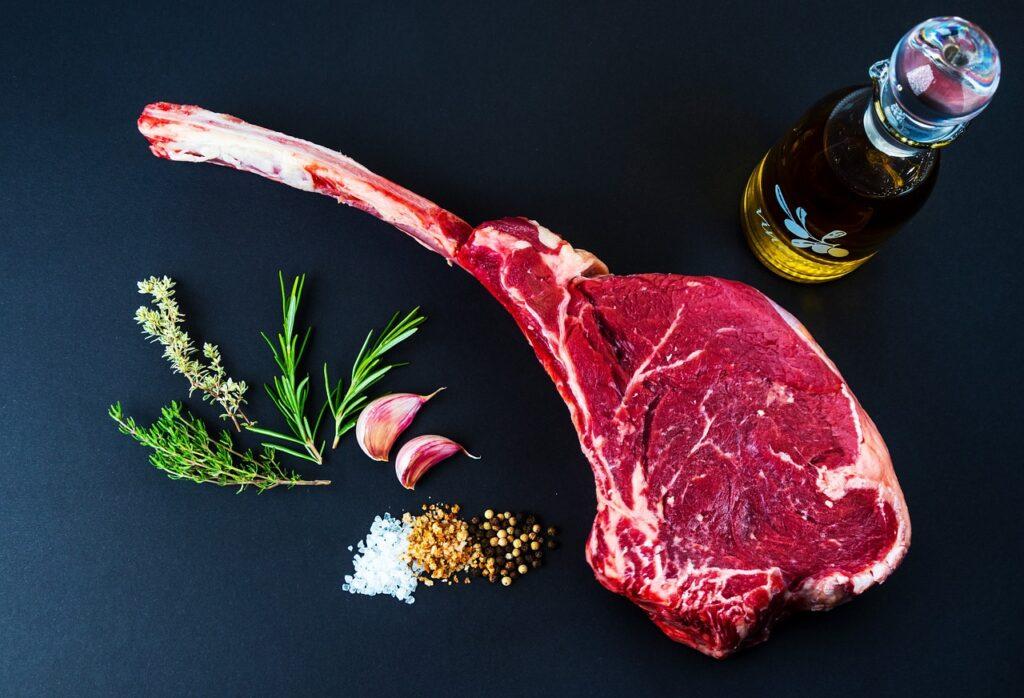
Reaching a weight loss plateau is a common experience for many bodybuilders and fitness enthusiasts on their journey to lose weight. After making initial progress, your scale may stop budging despite continued diet and exercise efforts.
Plateaus can be frustrating and disheartening, but they’re also an opportunity for growth and adaptation. To break the weight loss plateau, you need to know what causes them and create a strategic approach that is more than just eating less and exercising more.
This article explores effective strategies and techniques for overcoming plateaus in weight loss and continuing to progress toward your goals. From adjusting your diet and exercise routine to addressing lifestyle factors and mindset shifts, we’ll cover a range of approaches to help you overcome obstacles and get back on track.
A weight loss plateau is the inability to lose weight after some successful initial weight loss, despite continued efforts to lose weight through diet and exercise.
During the weight loss journey, losing weight quickly in the first few weeks of your training is expected. This is because when you start reducing calorie intake and increasing physical activity, your body releases stored glycogen for energy. Glycogen is partially made up of water. As glycogen stores are depleted, water weight decreases, resulting in a rapid drop in weight.
When cutting weight, you may also lose lean muscles along with fat. Muscles aid metabolism by maintaining the rate at which you burn calories. So, as you continue to lose weight, the rate at which you burn calories declines (metabolism). As a result, you burn fewer calories than required for weight loss, leading to a weight loss plateau.
Additionally, a weight loss plateau may be due to the body’s adaptation to the calorie deficit created, consuming more calories than you can feasibly burn, or not exercising enough. For instance, drinking an extra 500 calories, knowing well that you’ll not sprint for 40 minutes to burn them, will automatically lead to a weight loss plateau or, worse, weight gain.
If you want to break through a weight loss plateau, adjust your diet, exercise routine, and lifestyle habits more frequently.

Overcoming a weight loss plateau can be challenging but possible with some strategic adjustments. Here are some tips to help you break through weight loss plateau:
1. Cut Your Calorie Intake
As you lose weight, your body may adapt to the calorie deficit created, leading to a weight loss plateau. Adjusting your calorie intake accordingly by reducing your daily calories slightly or recalculating your calorie needs based on your new weight may help you overcome the weight loss plateau.
When calculating your calorie intake for weight loss, keep it at about 10% to 20% below the amount needed for weight maintenance.
According to research, a male bodybuilder should aim for 2400 calories per day to lose fat, while an average woman bodybuilder should aim for 1200 calories per day. Going below the recommended amount may increase hunger pains, which may lead to overeating.
2. Various Workout Routine
Your body can adapt to repetitive workouts and calories, reducing calorie burn over time.
Cardio workouts are known for promoting weight loss. They may help break through a weight loss plateau by boosting metabolism to burn more calories. However, muscle mass may continue to decline.
To counteract this, mix up your exercise routine by trying different cardio and strength training exercises to challenge your body and overcome weight loss plateaus. Strength training helps build lean muscle mass, which promotes metabolism. It also burns calories even when at rest.
3. Manage Stress Levels
High levels of stress interfere with weight loss progress by promoting comfort eating and triggering food cravings. Stress also increases cortisol levels that promote fat storage, especially around the abdominal area, making it difficult to lose weight.
Managing stress by practicing stress-reducing techniques such as mindfulness, meditation, deep breathing exercises, or engaging in hobbies you enjoy can promote weight loss and break the plateau.
4. Have Adequate Sleep
Lack of enough sleep can disrupt the balance of hormone levels that regulate metabolism, appetite, and satiety, making it harder to lose weight and more accessible to gain weight.
Getting enough sleep, on the other hand, supports metabolic health, which can help optimize calorie burning and support weight loss.
Additionally, adequate sleep allows muscles to repair and grow, especially after strength training workouts. This increases muscle mass and boosts metabolism, which may help overcome a weight loss plateau.
Aim for seven to nine hours of quality sleep per night to reverse the weight loss plateau.

5. Hydrate Well
While some diet drinks are unsuitable for hydrating since they contain empty calories that can lead to weight gain, some drinks, like water and caffeine, can help you overcome a weight loss plateau.
Drinking plain water, especially before meals, can reduce calorie intake by making you satiety, which may prevent overeating. Water also boosts metabolism, increasing the number of calories burned.
Both coffee and tea contain caffeine, a natural stimulant that temporarily boosts metabolism by increasing thermogenesis (the body’s heat production) and promoting fat oxidation. These two drinks can help burn more calories throughout the day, supporting the weight loss journey.
Caffeine and tea also enhance alertness, focus, and physical performance during workouts. By increasing energy levels and endurance, caffeine can help you push harder during exercise sessions, potentially leading to more significant calorie expenditure and improved weight loss results.
6. Increase Workout Frequency and Intensity
Increased workout frequency and intensity can help you reverse the halt in weight loss caused by a decline in metabolism and your body’s adaptation to the calorie deficit or stressors.
When you increase the frequency and intensity of your workouts, you burn more calories during and after exercise. This creates a more significant calorie deficit than the previous one, which is necessary for continued weight loss.
Increasing workout frequency and intensity also challenges your body in new ways, preventing adaptation and stimulating further progress. Challenge your body with more intense or prolonged workouts to break through the plateau and stimulate further fat loss.
According to experts, work with aerobic exercises for at least 150 minutes at a moderate level, 75 minutes of intense aerobics or a mixture of both vigorous and moderate per week. To even double the benefits, try working out 300 minutes a week.
7. Try Intermittent Fasting
Intermittent fasting is a weight loss technique that has become popular in the fitness industry. It involves not eating foods for long periods, often 12- 48 hours.
It reduces insulin levels during fasting periods, causing the body to use stored fat for energy instead of glucose from food. Thus, it promotes fat burning and helps break through plateaus by tapping into stubborn fat stores.
Intermittent fasting compresses the eating window, reducing the time available for consuming food, which reduces overall calorie intake. If you’ve hit a weight loss plateau due to consuming too many calories, intermittent fasting can help create a calorie deficit necessary for weight loss to resume.
8. Track Your Calories and Workout
Weight loss is all about the amount of calories you consume versus the calories you expend. You have to expend more calories than you consume to create a calorie deficit for weight loss.
Exercise helps you expend calories. When you consume calories and do not exercise, you will not expend or burn any calories, leading to a calorie surplus, which causes weight gain.
When losing weight, you may underestimate the amount of calories you consume and the exercise you do, which can lead to a weight loss plateau or weight gain.
To overcome such effects, track your calorie intake and exercise. Tracking your diet and exercise will help you identify areas where you may need to make adjustments and stay accountable for your weight loss efforts. Tracking provides precise measurements of your calories and workout.
Several free online calorie apps can help track your macronutrients, such as fats, protein, and carbs.

9. Increase Protein Intake
Protein is essential for building and repairing tissues, including muscles, which is crucial for maintaining metabolism and preserving lean body mass during weight loss.
Increasing protein intake can help control appetite and promote feelings of fullness, reducing the likelihood of overeating or snacking between meals.
Protein also has a higher thermic effect than carbohydrates and fats, meaning your body burns more calories digesting and metabolizing protein, which can support weight loss efforts.
Include protein-rich foods such as lean meats, poultry, fish, eggs, dairy products, legumes, and tofu in your meals and snacks to overcome weight loss plateaus.
10. Eat Rich Fiber Foods
Fiber-rich foods, such as fruits, vegetables, whole grains, legumes, and nuts, can help reverse the stall in your weight loss journey.
Fiber, particularly soluble fiber, adds bulk to meals, slowing down food movement along the digestive tract. As a result, you become fuller for extended periods, reducing your appetite and overall calorie intake.
Foods high in fiber often have a lower energy density, meaning they provide fewer calories for the same volume of food, which can support weight loss efforts.
11. Consume Healthy Fats
While it may seem counterintuitive, consuming healthy fats in moderation can break the weight loss plateau.
Healthy fats in avocados, nuts, seeds, olive oil, and fatty fish like salmon provide essential fatty acids and fat-soluble vitamins. The soluble fats and vitamins help stabilize blood sugar levels, promote satiety, and enhance meal flavor and satisfaction. This reduces overeating, which might lead to a weight loss plateau.
12. Avoid Alcohol
Extremely limiting or avoiding alcohol consumption can be beneficial during a weight loss plateau.
Alcoholic beverages are calorie-dense and can contribute to excess calorie intake, hindering weight loss progress. Alcohol consumption may also impair judgment and increase appetite, leading to overeating or making poor food choices.
Reducing or eliminating alcohol consumption can more effectively create a calorie deficit and support your weight loss efforts.
Conclusion
Breaking through a weight loss plateau often requires adjusting your diet, exercise routine, and lifestyle habits. This may involve increasing physical activity, cutting your calorie intake, varying your workout routine, doing intermittent fasting, managing stress levels, and ensuring adequate sleep and hydration.
Coffee and tea also provide additional support through their metabolism-boosting and appetite-suppressing properties when consumed in moderation.
Incorporate these tips into your workout weight loss routine. But remember to be patient and persistent, as plateaus are a normal part of the journey.
With determination and consistency, you can break through plateaus and continue on your path to achieving your desired weight and health.
